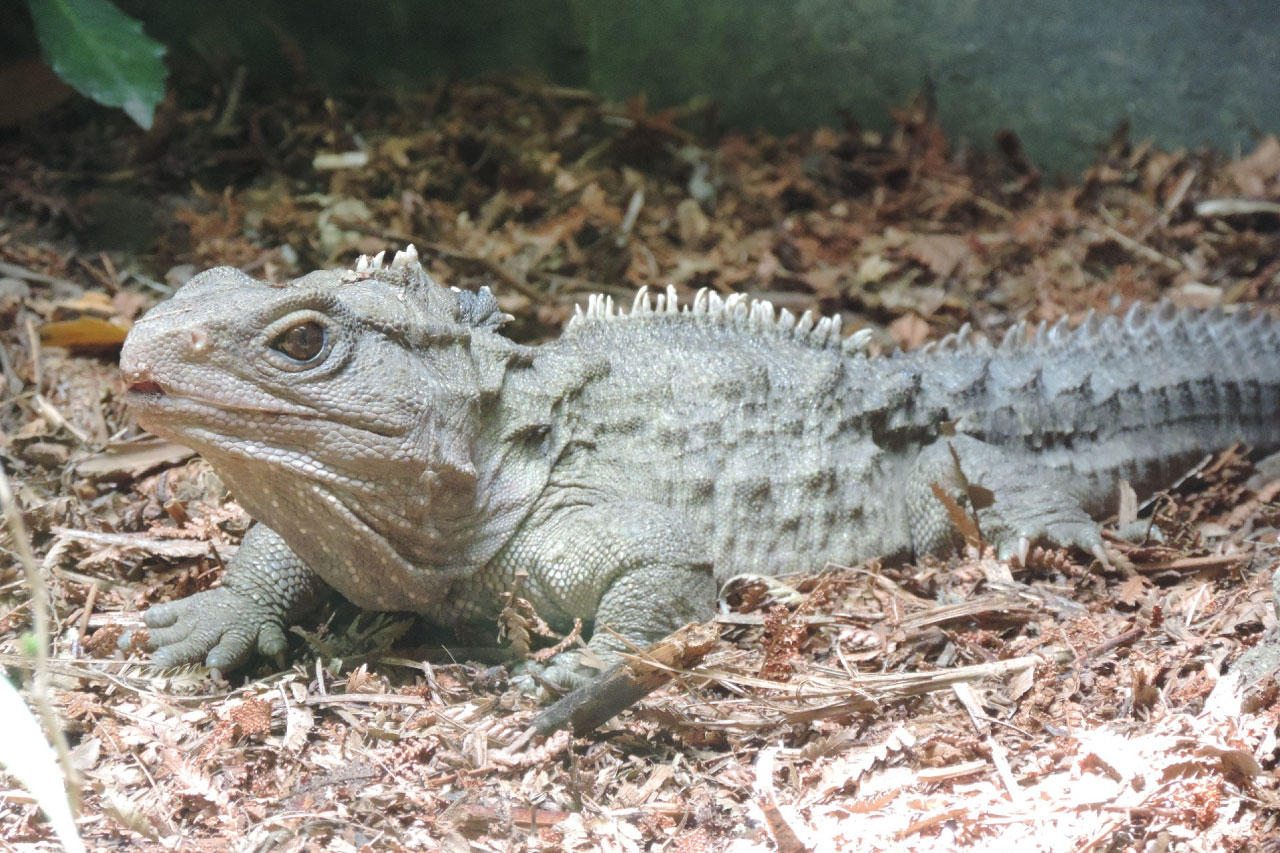
Tuatara might look like your average lizard, but these ancient reptiles are anything but ordinary. Native to New Zealand, tuatara are often called "living fossils" because they have remained virtually unchanged for over 200 million years. Unlike other reptiles, tuatara possess a unique third eye on top of their heads, which is visible only in juveniles. This "parietal eye" helps regulate their circadian rhythms. Tuatara also have a remarkably slow metabolism, allowing them to live over 100 years. They thrive in cooler temperatures, unlike most reptiles, and their teeth are fused to their jawbones, which means they can't regrow them. Tuatara are truly one-of-a-kind creatures with fascinating traits that set them apart from other reptiles.
What is a Tuatara?
Tuatara are fascinating reptiles native to New Zealand. Often mistaken for lizards, they belong to a unique order called Rhynchocephalia. These creatures have many interesting traits that set them apart from other reptiles.
Ancient Lineage
Tuatara have a long evolutionary history. They are often referred to as "living fossils" due to their ancient origins.
- Tuatara have been around for over 200 million years, dating back to the age of dinosaurs.
- They are the only surviving members of the Rhynchocephalia order, which flourished during the Mesozoic era.
Unique Physical Features
Tuatara possess several distinctive physical characteristics that make them stand out.
- They have a third "parietal" eye on top of their head, which is visible in juveniles but gets covered with scales as they age.
- Their teeth are fused to their jawbone, unlike most reptiles that have replaceable teeth.
- Tuatara can live up to 100 years, with some even reaching 120 years in the wild.
Habitat and Behavior
These reptiles have specific habitat preferences and intriguing behaviors.
- Tuatara are primarily nocturnal, coming out at night to hunt insects, spiders, and small vertebrates.
- They prefer cool, coastal forest environments and are often found in burrows shared with seabirds.
- Tuatara are solitary animals, except during the breeding season when males compete for females.
Reproduction and Growth
Tuatara have a slow and unique reproductive process.
- Females lay eggs only once every 2-5 years, making their reproductive rate quite low.
- The incubation period for tuatara eggs can last up to 16 months, one of the longest for any reptile.
- Temperature determines the sex of the offspring, with warmer temperatures producing more males.
Conservation Efforts
Due to their unique status, tuatara are the focus of significant conservation efforts.
- Tuatara are classified as a protected species in New Zealand, with strict regulations to prevent their decline.
- Conservation programs involve habitat restoration and predator control to protect tuatara populations from invasive species like rats and stoats.
Cultural Significance
Tuatara hold a special place in New Zealand's cultural heritage.
- They are considered taonga (treasures) by the M?ori people, symbolizing guardianship and longevity.
- Tuatara feature in various M?ori legends and are often seen as a link to the ancient past.
The Tuatara's Unique Place in Nature
Tuatara are living fossils, offering a glimpse into the distant past. These reptiles, native to New Zealand, have outlived dinosaurs and remain largely unchanged for millions of years. Their unique characteristics, like a third eye and slow metabolism, set them apart from other reptiles. Tuatara play a crucial role in their ecosystem, controlling insect populations and serving as prey for larger animals.
Conservation efforts are vital for their survival. Habitat destruction and introduced predators have significantly impacted their numbers. Protecting these ancient creatures ensures the preservation of a unique piece of natural history.
Understanding tuatara helps us appreciate the diversity of life on Earth. Their resilience and adaptability are a testament to the wonders of evolution. Next time you think about reptiles, remember the tuatara, a remarkable survivor from a bygone era.
Was this page helpful?
Our commitment to delivering trustworthy and engaging content is at the heart of what we do. Each fact on our site is contributed by real users like you, bringing a wealth of diverse insights and information. To ensure the highest standards of accuracy and reliability, our dedicated editors meticulously review each submission. This process guarantees that the facts we share are not only fascinating but also credible. Trust in our commitment to quality and authenticity as you explore and learn with us.


